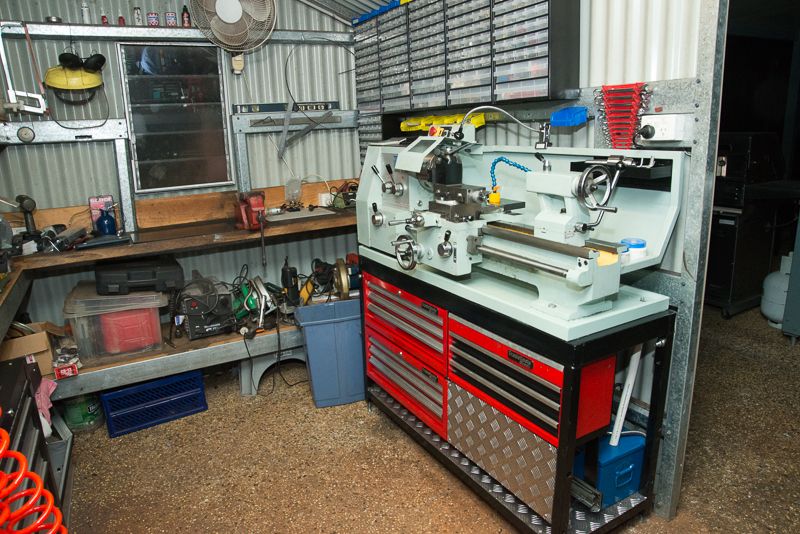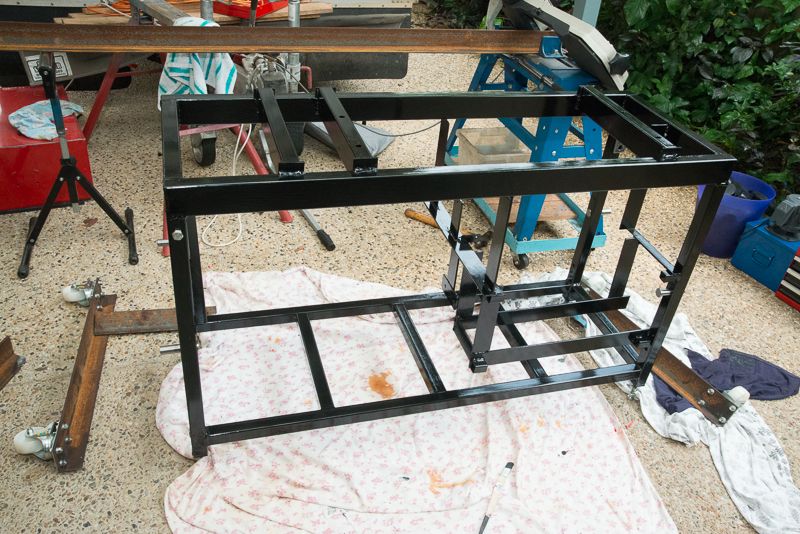goldstar31
Well-Known Member
John
I'm fully aware of where the poster is situated. Years and years ago I posted in Model Engineer how I had done up a worn out Myford ML7 with nothing initially more than Blancharding the top. The cost, I believe was minimal.
Our poster claims that he has read much in the MEWs and I did exactly the same- this evening. Restoring a flat bed lathe is a pretty straight forward business and perhaps getting feed screws and whatever are available through RDG.
Myford used to claim that a Myford could be reconditioned 6 times before scrapping. My ancient Super 7B is running on Turcite which is internationally available. It was with this background that I reflected my experiences( plural)
What our individual choices in machine tools is immaterial. All that I expressed here and in the past may well be mine but it has been essentially practical and possible for a beginner to emulate. I did my homework before writing and bore in mind that two guys living 'Down under' had Myford lathes. One was Neville Shute Norway aka Neville Shute in Oz and the other was Jack Radford in Timaru, New Zealand.
I hope that this clears a bit of the matter
Regards
Norman
I'm fully aware of where the poster is situated. Years and years ago I posted in Model Engineer how I had done up a worn out Myford ML7 with nothing initially more than Blancharding the top. The cost, I believe was minimal.
Our poster claims that he has read much in the MEWs and I did exactly the same- this evening. Restoring a flat bed lathe is a pretty straight forward business and perhaps getting feed screws and whatever are available through RDG.
Myford used to claim that a Myford could be reconditioned 6 times before scrapping. My ancient Super 7B is running on Turcite which is internationally available. It was with this background that I reflected my experiences( plural)
What our individual choices in machine tools is immaterial. All that I expressed here and in the past may well be mine but it has been essentially practical and possible for a beginner to emulate. I did my homework before writing and bore in mind that two guys living 'Down under' had Myford lathes. One was Neville Shute Norway aka Neville Shute in Oz and the other was Jack Radford in Timaru, New Zealand.
I hope that this clears a bit of the matter
Regards
Norman






